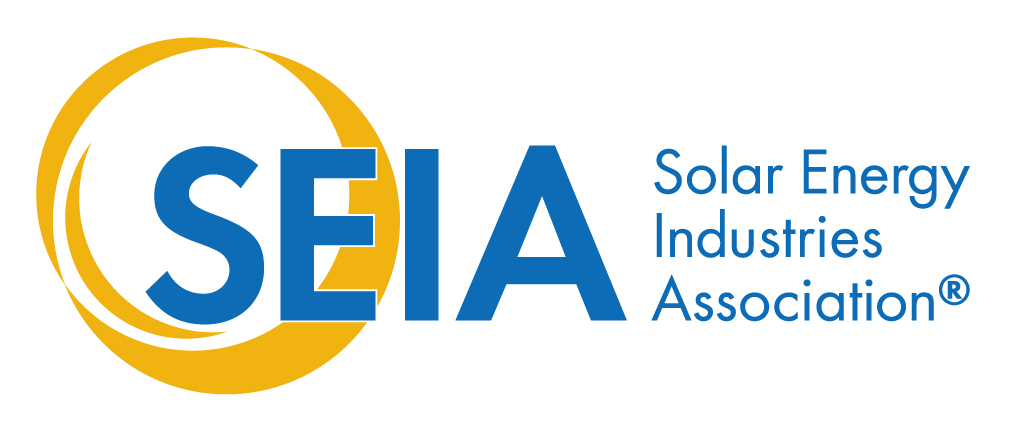FERC acts to narrow PURPA yet again
In this legal update regarding the implementation of FERC Order No. 872, Jason Johns, Jennifer Mersing and Jessica Bayles of Stoel Rives LLP break down the most significant changes made by the order and how they will serve to limit PURPA’s efficacy moving forward.
JASON JOHNS, JENNIFER MERSING, JESSICA BAYLES
The Federal Energy Regulatory Commission (FERC) issued Order No. 872 and implemented the largest overhaul to FERC’s regulations affecting Qualifying Facilities (QFs) in more than a decade. The order itself is 491 pages in length and there remain plenty of details to unpack in its implementation (including future proceedings to come at the FERC and state public utility commission level), but what is clear is that Order No. 872 substantially changes the ground rules for developing QFs.
Order No. 872 includes the following significant changes, among others: And while the order includes changes beyond the five listed below, the following are anticipated to have the most significant and immediate impact.
One-Mile Rule
Gone is the concrete presumption that projects located more than one mile from each other are considered to be at separate sites, for purposes of qualification as a QF. Now, only projects located 10 miles from each other will benefit from this presumption, while projects that are between one and ten miles from each other will only be afforded a rebuttable presumption. In addition to this change and for purposes of determining whether QFs are located at the “same site,” FERC will consider several new factors including, shared transformers or generation interconnection facilities, common debt and equity financing and common permitting and access rights.
None of these factors, which fall into the categories of physical characteristics or ownership/other characteristics, is dispositive in determining whether QFs are located at the “same site”; rather, FERC will weigh the evidence on a case-by-case basis.
Legally-Enforceable Obligations
A legally-enforceable obligation (LEO) represents that point in time when power purchase agreement pricing is locked in. Order No. 872 introduces new LEO regulations that require QFs to demonstrate commercial viability and a financial commitment to developing the project. FERC left it for each state to determine how a LEO is formed there, but it suggested that a QF be required to demonstrate that it has completed or undertaken site control for the project, filed an interconnection application and applied for the required permitting and zoning. Ultimately, FERC left it to each state agency to determine criteria for establishing a QF’s commercial viability and financial commitment.
Challenges to QF Status
Prior to Order No. 872, a party challenging the QF status of a project was required to seek a declaratory order from FERC, which carries a roughly $30,000 price tag. As the result of this order, parties challenging a QF’s status, including same site presumptions, need not pursue a declaratory order and therefore will avoid the associated fee. Substantive changes in the QF recertification include changes in electrical generating equipment that increase power production capacity by the greater of 1 MW, or 5% or a change in ownership, in which an owner increases its equity interest by at least 10%. Thus, a change in upstream ownership of an existing QF may open up that QF to challenges regarding aggregation with other affiliated same fuel source facilities within 10 miles.
Avoided-Cost Rates
Once again, FERC left it up to the states to come up with the proper method for determining a utility’s avoided costs. The order allows state agencies to eliminate fixed avoided-cost energy rates, while still retaining fixed capacity rates. Instead, the energy rates vary with changes in the utility’s as-available avoided costs as the energy is delivered. If the state decides to retain fixed energy rates, the fixed energy rate can now be based on project energy prices at the anticipated time of delivery.
There is a new rebuttable presumption that as-available energy rates can be based on locational marginal prices, if a utility is located within an organized market, or according to liquid trading hub prices or natural gas indices for those outside of organized markets. Avoided costs may also be determined through a competitive solicitation, provided it satisfies certain transparency and non-discriminatory procedures. States will now decide if QFs will bear merchant risk in their power sales arrangements.
Must-Purchase Opt Out
Lastly, for several years, utilities have been able to opt out of their obligation to purchase from QFs that are larger than 20 MW and located within an organized market. Yesterday’s order drops that threshold to 5 MW, meaning that utilities located within organized markets may apply to FERC for relief from the obligation to purchase power from QFs larger than 5 MW.
There is no avoiding the fact that Order No. 872 is a game-changer for QFs and utilities alike when it comes to PURPA, and yesterday’s order represents yet another instance where PURPA has become increasingly narrowed by FERC. There is more to play out with respect to Order No. 872 and we will provide further details as its implementation signals the order’s true scope.
To download and read the 490 page Order 872:






